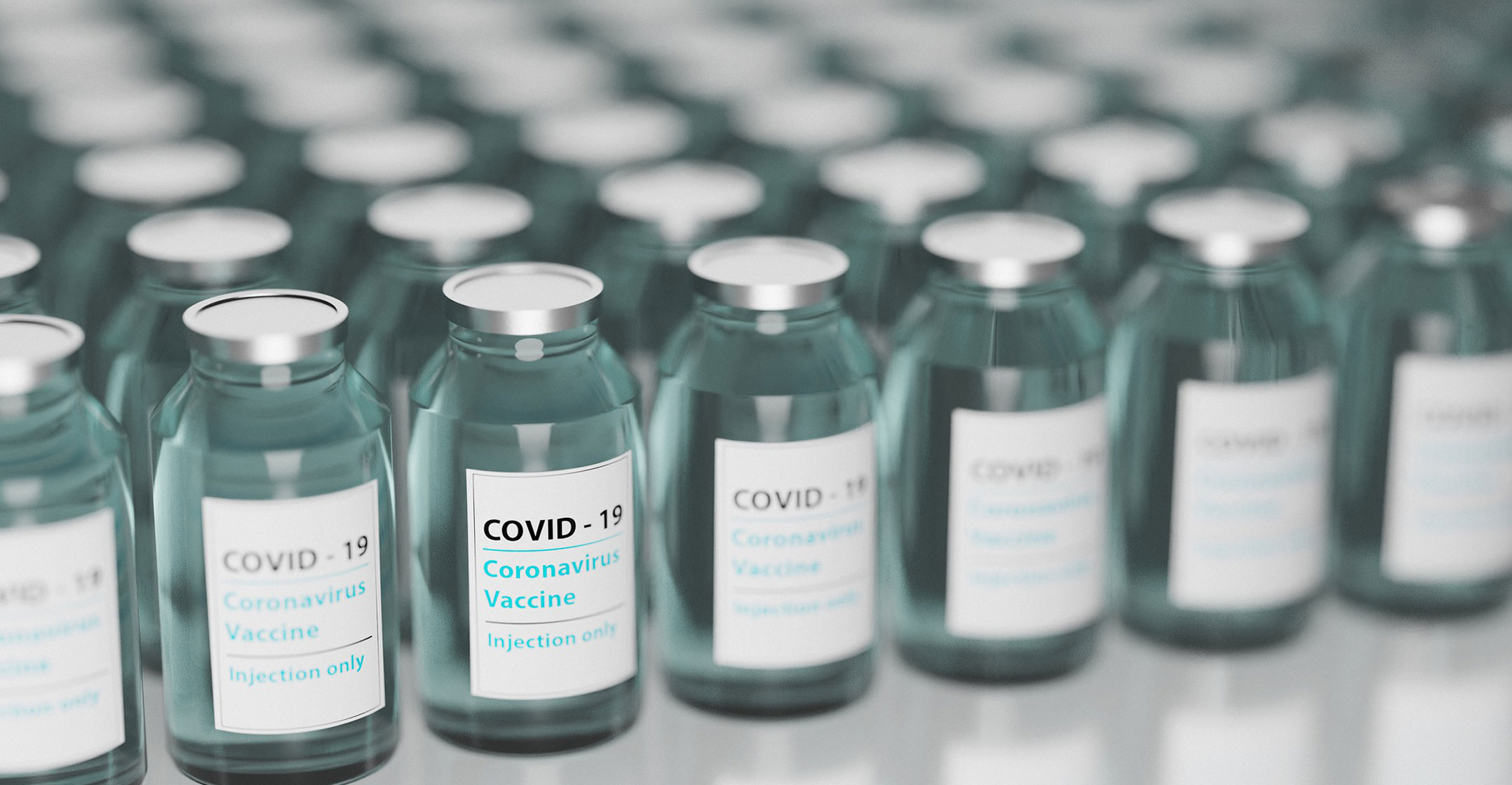 There are more than 10 effective Covid-19 vaccines in use around the world, so it’s easy to forget those still in development. That’s a mistake.
There are more than 10 effective Covid-19 vaccines in use around the world, so it’s easy to forget those still in development. That’s a mistake.
These candidates may be taking longer to arrive, but they’re essential to the pandemic fight. Most of the world is still unvaccinated, keeping the virus threat alive, and wherever it is able to spread unchecked there’s a risk of variants cropping up that can evade the protection offered by the current crop of shots. Governments need everything they can get and these shots offer the promise of billions of doses of reinforcements.
Of the dozens of vaccine programmes in human testing, there are some standouts. Here are four of them, including their status, advantages and challenges.
1. Novavax
US-based Novavax already has positive data in hand from extensive studies of its vaccine in South Africa and the UK that show protection against the original virus strain and variants. A large US trial will reveal more data soon. While manufacturing and regulatory holdups pushed back the company’s potential regulatory filing from this quarter into the the third, the roll-out is finally in sight.
Advantages: There’s solid evidence of efficacy for the shot, which uses tiny proteins to produce an immune response and a booster called an adjuvant to enhance it, and the company is laying groundwork to make many doses. Novavax made a deal earlier this year to provide a whopping 1.1 billion shots to Covax, the global procurement platform for low-income countries, on top of agreements with individual countries and licences for others to make its vaccine.
Challenges: Most of the Covax doses will come from the Serum Institute of India, which has delayed exports to focus on India’s internal crisis. Also, Novavax’s manufacturing efforts have been held up by shortages of things like giant bags used to grow cells and it remains vulnerable to further similar disruptions.
2. CureVac
The German biotechnology firm started a large late-stage placebo-controlled study of its vaccine — which uses the same type of messenger RNA technology that powers the Pfizer-BioNTech and Moderna shots — in December. Recruitment is complete and the company hopes to release data and apply for authorisation before the end of June.
Advantages: The success of the Pfizer-BioNTech and Moderna vaccines has raised expectations for shots using mRNA technology, and Curevac’s version may be a further improvement. The company modifies the RNA molecule differently, which lets it use a smaller dose. That will help it make more vaccines quickly, especially with the help of partnerships it formed with GlaxoSmithKline, Bayer and Novartis.
Challenges: CureVac must prove that its lower dose provides enough protection. On the supply-chain front, mRNA-focused companies have faced an extra set of shortages of specialised equipment and ingredients because the technology they’re using is newer.
 3. Valneva
3. Valneva
The French company launched a unique final stage trial on 21 April. Instead of comparing vaccinated people to a group who receive a placebo and tracking illnesses, Valneva’s candidate will be tested head-to-head against AstraZeneca’s widely used shot in 4 000 people, and the study will measure and compare the immune responses via a blood test. If Valneva’s vaccine produces as many neutralising antibodies as AstraZeneca’s, it should theoretically protect against Covid. This approach will produce faster results, and the company hopes to apply for authorisation in the southern hemisphere spring.
Advantages: As others scramble to adapt vaccines to variant strains, Valneva believes that its shot will hold up well from the start. That’s because it uses a non-infectious (inactive) whole virus to generate a broader immune response. Many vaccines target just the so-called spike protein of the virus that causes Covid, potentially leaving them more vulnerable to mutations.
Challenges: Other efforts using inactive viruses such as the shot developed by China’s Sinovac Biotech have had less than stellar results. Additionally, the comparative trial may not sit well with regulators. There have been advances in understanding the immune response to Covid, and there’s precedent for such studies in other diseases. But it’s a bold way to try for initial approval. Valneva plans to conduct additional complementary tests and may need them.
4. Sanofi and GlaxoSmithKline
The companies intended to begin a definitive trial of a vaccine similar to Novavax’s last year. After early results showed it wasn’t potent enough, they had to make tweaks. That issue appears resolved; positive data from a new version emerged on 17 May, and a placebo-controlled final-stage trial will begin within a few weeks. The companies hope to reach the market in the fourth quarter.
Advantages: The combined power of two of the world’s biggest vaccine manufacturers is an advantage in its own right. Sanofi already makes a flu shot with the same platform, while Glaxo has years of experience making adjuvant boosters like the one that will be used in the vaccine. Their logistical resources and know-how should mean a rapid roll-out upon approval. Delay has also allowed the companies to adapt. They will simultaneously test a formulation aimed at the South African variant and look at whether a lower dose of variant-targeting versions could serve as a booster for those inoculated with other vaccines.
Challenges: Placebo-controlled trials are the gold standard, but they’re harder to conduct now. There’s little incentive to join a study in which you might not get a vaccine when approved shots are available, so recruitment may prove tricky and must focus on areas without broad access. Valneva may be gambling on blood tests for a quicker result, but Sanofi and Glaxo’s conservative approach may prove very time consuming.
These are just a few of the vaccines in the works; there are many more on the way. Sanofi and Glaxo, for instance, are hedging their bets with an mRNA shot and a plant-based vaccine from Medicago, respectively, and the latter recently reported promising mid-stage data. Other developers hope to improve delivery: Vaxart is working on a tablet, and companies including Altimmune want to vaccinate with nasal sprays. With continued support, perhaps in the form of government effort to shore up supply chains or guidance on comparative trials, not to mention some good luck, this next wave can get the world from scarcity to abundance and a step closer to putting the pandemic behind us. — Reported by Max Nisen, (c) 2021 Bloomberg LP

